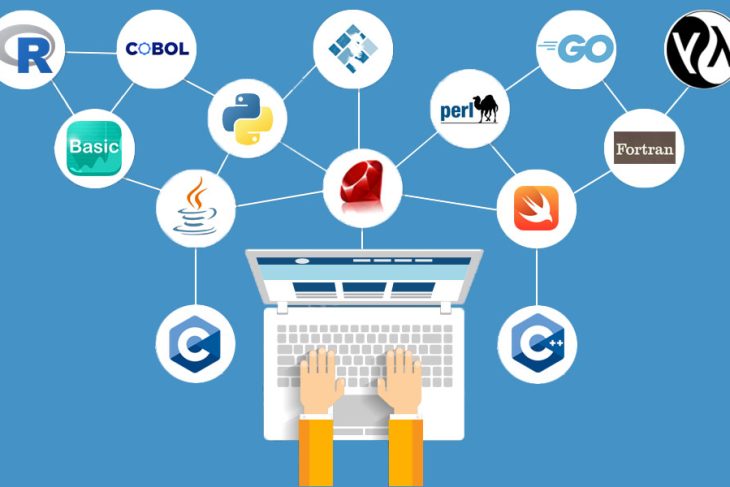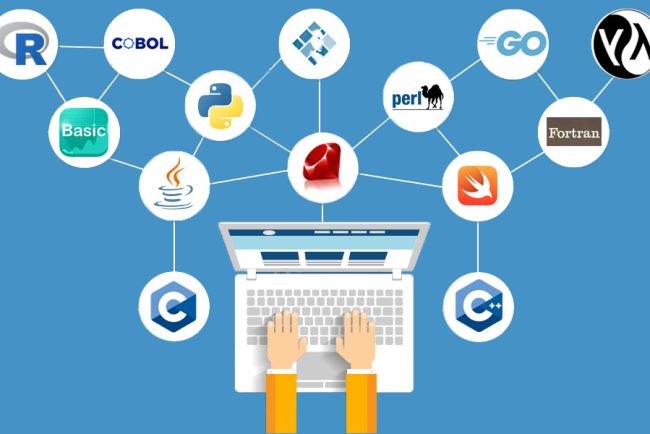

As technology continues to advance at an unprecedented pace, the world is becoming increasingly connected. From smart homes and wearable devices to industrial automation and self-driving cars, the Internet of Things (IoT) has transformed the way we live and work. However, with this interconnectedness comes the need for more flexibility and control over software and systems. That’s where feature flags come into play – the great enabler of the connected world.
So, what are feature flags? In simple terms, feature flags are toggles that allow developers to turn on or off specific features within their software applications, even after they have been deployed. These flags act as a control mechanism, enabling teams to manage the release of new features, experiment with different functionalities, and mitigate risks associated with complex deployments. By using feature flags, developers can safely introduce changes to their software without disrupting the user experience or compromising system stability.
Feature flags have gained significant popularity in recent years due to their ability to support continuous delivery and agile development practices. With feature flags, software development teams can decouple the process of feature development from its release, allowing for more frequent and smaller releases. This approach reduces the time-to-market for new features and enables faster iterations based on user feedback and data-driven insights.
The benefits of feature flags extend beyond software development teams. For end-users, feature flags provide a seamless experience by ensuring that new features or changes are rolled out gradually, reducing the likelihood of encountering bugs or performance issues. Moreover, feature flags enable personalized experiences, as different groups of users can be targeted with specific features based on their preferences or demographics.
In the realm of IoT, feature flags play a crucial role in managing the complexities of interconnected devices and services. They allow for the remote activation or deactivation of features, enabling seamless updates and bug fixes without requiring physical access to every device. This level of control and flexibility is essential for IoT ecosystems, where a vast number of devices with different capabilities and software versions need to coexist harmoniously.
As an internet knowledge blogger, it is essential to emphasize the potential risks and challenges associated with feature flags. Poorly implemented or mismanaged feature flags can lead to confusion, compatibility issues, or even security vulnerabilities. Therefore, it is crucial for organizations to establish robust practices and frameworks for feature flag management, including proper documentation, version control, and monitoring.
In conclusion, feature flags are indeed the great enabler of the connected world. They provide developers and organizations with the ability to release software features with confidence, iterate quickly based on user feedback, and manage the complexities of interconnected systems. With feature flags, the connected world can embrace continuous innovation, improved user experiences, and personalized interactions. However, it is vital for organizations to approach feature flag management with care and diligence to ensure the seamless and secure integration of these powerful toggles into their software and IoT ecosystems.


















